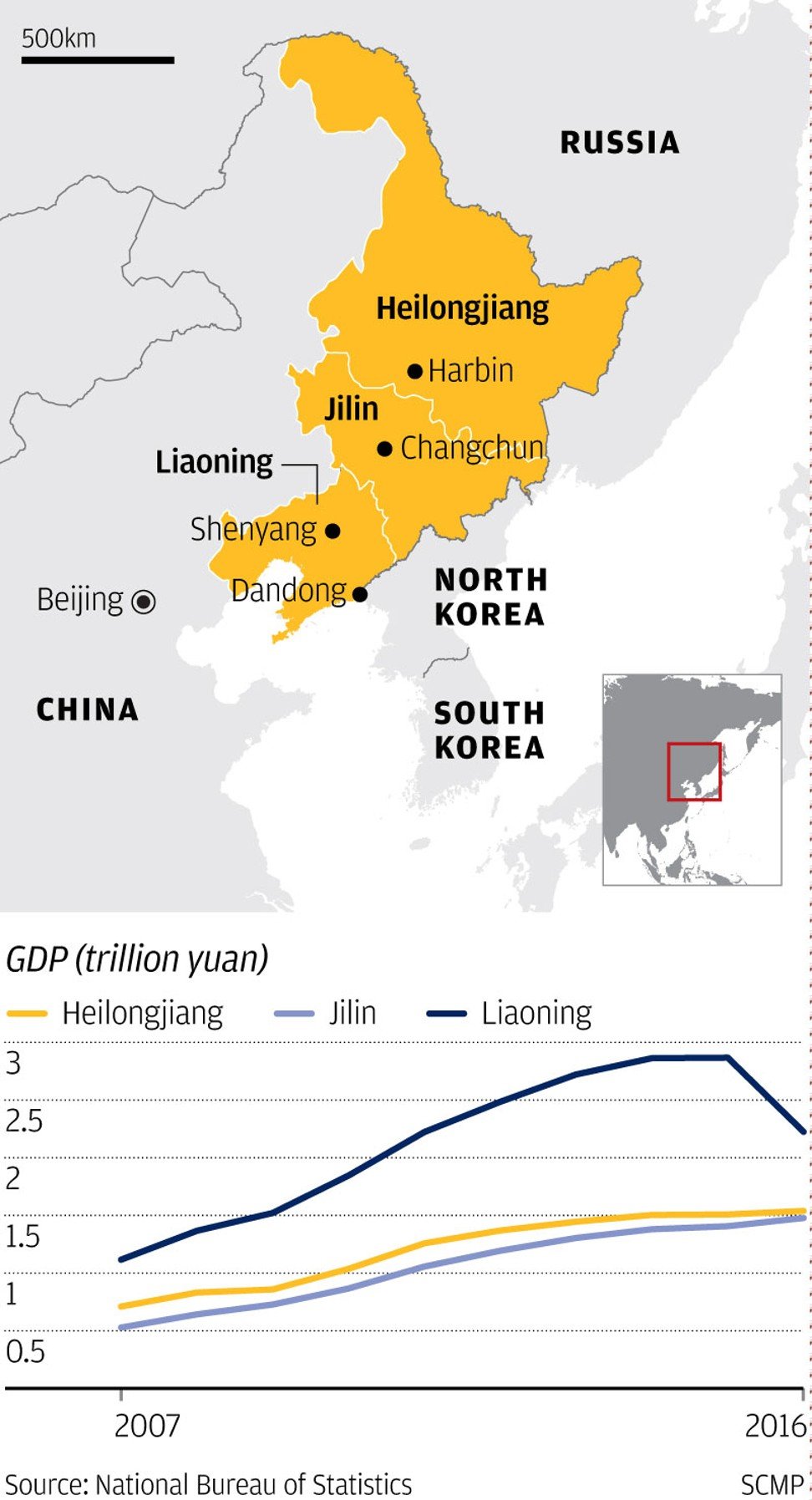Partly, it's because Harbin is the largest cold city in the world.
Note—Moscow is more populous and has been colder but Harbin on average is the place to go if you want to freeze with 10 million other folks in January.
From 2017's:
ICYMI: So this Worm Eats Plastic and Poops Antifreeze
Sounds perfect for Harbin....And this year's Super Bowl Sunday:
...Plus, the winters can get a bit nippy extreme with record lows/highs of -38°C and +39°C (-36.4°F/102.2°F)
There are other places that are hotter and colder but in the U.S. the only major city I can think of with as wide a range is Minneapolis with record lows/highs of −34°F/108°F (−36.6°C/42°C).
Arctic Doings: "Teekay’s New Icebreaking LNG Carrier ‘Eduard Toll’ Makes Historic Northern Sea Route Passage"
For China the Yamal LNG may be a literal lifesaver should other sources of natty (and/or coal) not be available. It has been cold up north—Harbin, a city of 10.6 million chilly souls is currently reporting -25°C (-13°F) and power demand is going through the roof.And partly because there is so much potential:
By contrast, Minneapolis, where the Super Bowl will be played later today, is a balmy -6°F (-21°C).
Yamal also shipped a couple cargoes to Massachusetts USA during the cold spell fortunately timed with the opening of Yamal in December. At the opening, Putin offered to sell LNG to Saudi Arabia who sent their Energy Minister to the ceremony to represent the kingdom.
It's a pretty big deal....
Meanwhile, in Northern China
Researchers have improved the design of Cylindrical shaped Hall thrusters (CHTs), a type of ion drive used in spacecraft:Ion drives. I suppose they have to do something to keep occupied when it's -38°C outside.
Researchers from the Harbin Institute of Technology in China have created a new inlet design for Cylindrical shaped Hall thrusters (CHTs) that may significantly increase the thrust and allows spaceships to travel greater distances....
From the South China Morning Post, August 30:
The former industrial heartland of northeast China is still struggling to move on from the old economic model of heavy industry backed by the government
The Tiexi industrial district in the northern Chinese city of Shenyang, once the face of China’s all-powerful state economy, has taken on fancy airs with its high-rise residential buildings, shopping malls and glittering office towers.
Gone are the chimneys belching smoke and the roads blocked by laid-off workers – a daily sight 15 years ago – and the land has been sold cheaply to developersHowever, this gentrification in the capital of Shenyang province thinly veils the ongoing problems across China’s northeastern rust belt.
The Manchuria region of 120 million residents remains plagued by deep-rooted economic ills, including the continued reliance on inefficient state spending, the absence of private investment and a rapidly ageing population, analysts said.
Almost 15 years after Beijing decided to “revitalise” the region, its three provinces – Heilongjiang, Jilin and Liaoning – continue to post the country’s weakest growth rates.Liang Qidong, the deputy head of the Liaoning Academy of Social Sciences, a think-tank owned by the provincial government, said northeastern China, an area about the size of France and the United Kingdom combined, has “the most extensive planned economy in the world” and is struggling to find a way out.
The region’s woes have been further exacerbated by the exhaustion of its mineral resources after decades of exploitation – about 100 once booming towns and cities in the region will wither as the oil and coal runs out, Liang said.
The northeast became the cradle of China’s heavy industry in the 1950s, aided by funds and know-how from the neighbouring Soviet Union, an industrial system inherited from Japan’s second world war puppet state of Manchukuo, and massive investments from the new People’s Republic of China.
In the heyday of the planned economy in the 1950s and 1960s, Tiexi exemplified the industrial success of the new People’s Republic.The district’s factories dominated the production of machinery as it sent out skilled technicians to build further factories across the country and aid dozens of overseas projects, ranging from a diesel engine workshop in Albania to a textile plant in the Republic of Congo.
The district’s glory days are remembered fondly. Ge Jianguo, a 58-year-old local taxi driver, can still point out the old sites of factories.
“When heading west from the Shenyang railway station, you could see lots of giant factories along Beier Road, making chemicals, paperboard and batteries,” he said.......MUCH MORE, a major piece.
If interested see also June 7's:
Once in Harbin: The debate raging over China’s Northeast rust belt
